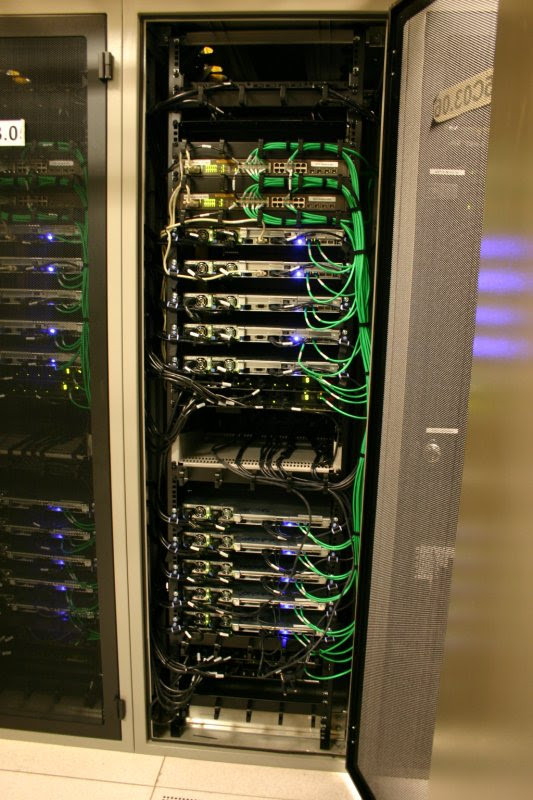I first found my way online around 1991, calling into BBSes in Australia (such as Dialix). When I arrived at the University of Western Australia as an undergraduate in 1994, the ISPs were starting to be born, and I subscribed to Omen Internet ISP, run by Mark Dignam and his brother
In the early years of market acquisition, Omen was consumed by iiNet, and thus I became an iiNet subscriber on ADSL. iiNet was itself founded and staffed by friends across the industry in Perth, and during this period there was plenty of innovation happening in the organisations across ADSL and DSLAMs, connectivity, routing, and speed. They were one of the first to offer naked ADSL – not requiring a telephone number subscription.
I pushed off to the UK in 2003, and upon my 2010 return, I subscribed again to iiNet. They (had been) Perth based and started by friends, and plenty of friends had worked there in engineering and other role.
As I have experimented with IPv6 tunnels back in 1999 from UWA, I looked for this in iiNet, and found only 6RD – tunnelled/encapsulated IPv6 offering from iiNet. The downside of this experiment was that packets were tunnelled from the customer site, to iiNet in Sydney. As I was in Perth, my IPv4 traffic would hit local cache endpoints, but IPv6 would traverse 50ms of Australia before getting the change to peer to cache services. It was… sub-optimal.
However, iiNet started an IPV6 blog, and showed a promise that technical engineering was continuing.
Sadly, that last saw a post in 2013, and since then, crickets.
But that was not all.
It seemed that every year, iiNet would silently introduce a new service plan. This plan would be nearly identical to the one customers were already on, but with slightly larger included data plan, or slightly faster, or slightly cheaper. In any sense, always better. Customers would have to notice this newer plan, and then request to move to it (later, this was self service in the iInet customer Toolbox). But it always took an action by the customer to ensure they continued to get value from iiNet. This meant that customers couldn’t trust iiNet to always be getting the best option. I recently discovered I was paying $10/month more than other customers, for the same speed internet access, and still unlimited downloads.
I don’t think this is overly customer focused. They are looking after their interest, rather than long term customer satisfaction and retention.
So coupled with the decline in engineering, and faced with an impressive price/performance offer from a competitor, I have finally churned away from iiNet.
I contracted Aussie Broadband on Monday 1st June at 9am. By 11am the same day I had a 1GB/sec internet connection with native IPv6 enabled (FTTP). I am in the process of porting over the home phone number I have had with iiNet for a decade.
Am I paying more? Yes.
Is it better? Yes.
I went from a 50/20 NBN unlimited plan, with a VoIP service with all Australian land-line and mobile calls included; it was AU$89/month, while iiNet’s new offering was $79. I ended up on 1000/50 NBN unlimited plan, with a VoIP services with all land-line and mobiles calls included for $169/month. 2x the price, 20x the speed.
Does that make it 10 times better? Hmm….
But more importantly, as they introduced this plan, Aussie indicated their existing customers on their legacy, more expensive yet slower plans would be migrated to this without them having to lift a finger. Proacticely better for their existing customers.
This breed customer trust.
So with two knock-out blows — innovation in engineering, and customer focus — I finally pulled the pin, giving up on the hope that the iiNet of old would engineer its way towards a modern ISP with a strong customer focus.
I have had a number of friends and colleagues move to Aussie Broadband in the last few months, and thus far I haven’t seen any one have any issues that haven’t been resolved quickly and capably. What held me back was my included phone number via iiNet, but that has now ported the phone number across to Aussie as well.






